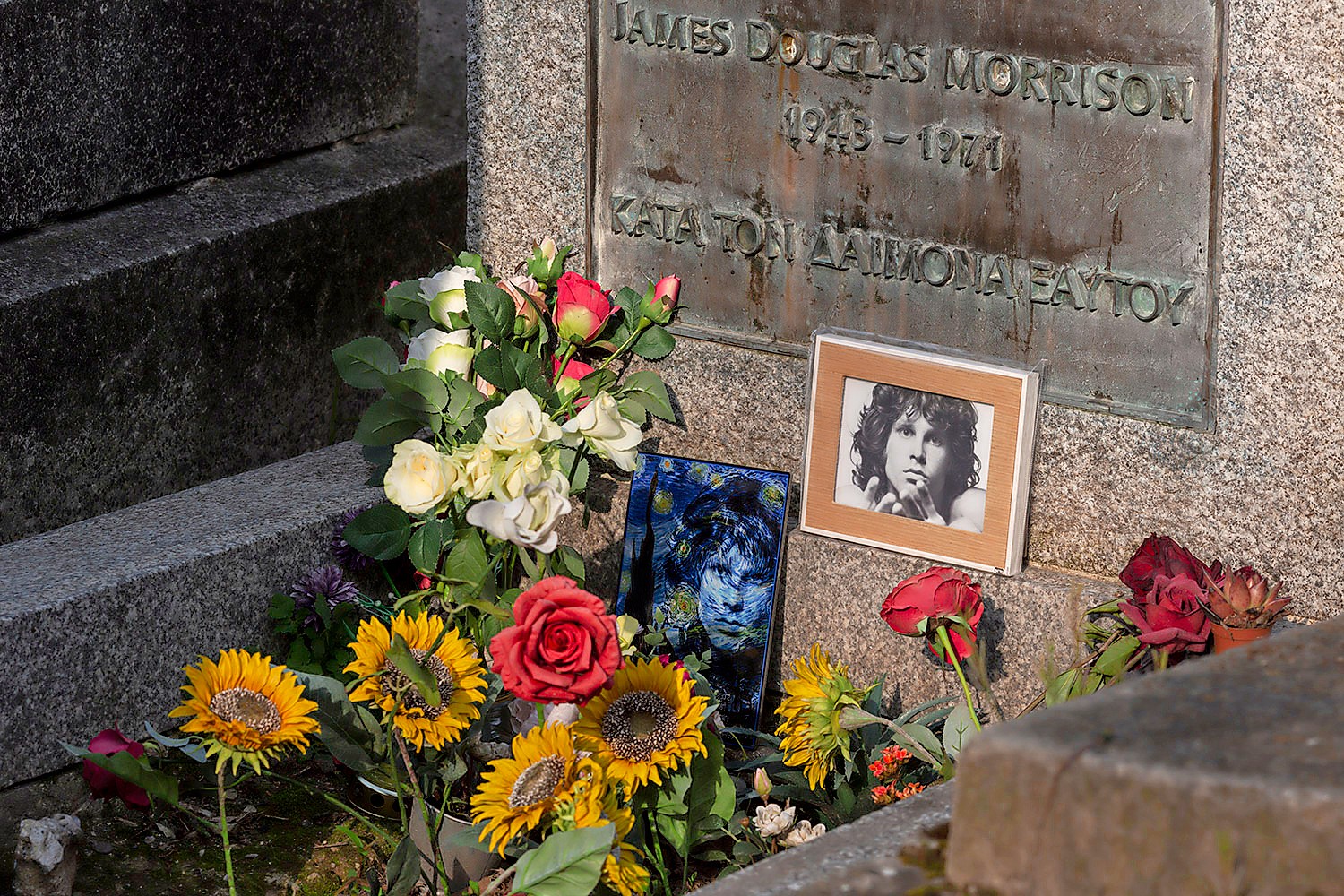The Secret Life of a Cemetery: The Wild Nature and Enchanting Lore of Père-Lachaise
Benoît Gallot (translated by Arielle Aaronson)
Greystone Books, £16.99, pp240
What a stroke of posthumous luck it must be to spend your death among the glories of Père-Lachaise. True, there’s a lot of foot traffic, and if you’re buried too close to a celebrity, your headstone might double as a bench, or a place for someone to lay to rest their can of Coke Zero.
But still, writes its curator, Benoît Gallot, Père-Lachaise is the five-star hotel of cemeteries, a “second Panthéon”, the “jewel in the crown of cemetery tourism”, or, if you prefer, the “Disneyland” of death.
For Gallot, every day is a question of balancing the needs of families in mourning with those of the tourists who arrive in droves to see the graves of people such as Oscar Wilde, Jim Morrison, Édith Piaf or Frédéric Chopin. Many visitors turn up expecting “guided tours, audio guides, lockers, and a cafeteria”, he writes. “They are astonished to discover that Père-Lachaise is a working cemetery, complete with hearses and sad people.” Founded by Napoleonic decree in 1804, Père-Lachaise was never intended to be the most famous cemetery in the world – only the first municipal one. Typical plots were rented out, as it were, for a period of five years, after which the remains were transferred to a reliquary in the ossuary. Wealthier Parisians bought longer concessions or, in some cases, perpetuity.
Though Père-Lachaise was designed on the model of the English garden, a place to wander and reflect, it was not meant to be a tourist attraction. But in 1816, when the French government closed a museum that housed the supposed remains of Molière and La Fontaine, Père-Lachaise gained a reputation as a death hub for famous people. In a huge coup, the remains of Abelard and Héloïse, the celebrated 12th-century lovers, were transferred there in 1817. Soon notable Parisians – from composers to commanders – were eager to join them, and the rest is history.
The Secret Life of a Cemetery is no maudlin reflection on death and remembrance (though it does have its serious moments), nor is it a coffee table book filled with beautiful pictures of oxidised angels (though it has those too). Nor is it a compendium of urban legends, as its subtitle would suggest (though it has a bit of that).
It’s more of a memoir of looking after the place: how one arrives at such a profession, what it entails, what an average day is like there, who else works there, who hangs out there – and why. In a tone that’s breezy but never disrespectful, Gallot shares the ups and downs of the job, as well as his favourite headstone bloopers (“To my late husband and his beloved wife”) and the jokes people nervously make when they’re buying their own plots: “We’re in no hurry to move to our new ‘country house’!”
Perhaps you can only have this kind of offbeat sense of humour about death if you grew up in the funeral industry. The son of monument builders, Gallot tried being an entertainment lawyer for a while, but drafting contracts for reality TV stars left him feeling empty. After he retrained as a civil servant, a job opened up at Père-Lachaise. Working in those offices, Gallot knew he’d come home.
Now Père-Lachaise is literally his home: when Gallot was promoted to curator in 2018, he and his family moved into the on-site apartments, the only living residents at No 16, Rue du Repos. The only living human residents, I should say: one of the pleasures of this book concerns the various wildlife that live there, too: foxes, stone martens, cats and more than 100 bird species.
At a time when concern with greening the business of death means that ever more people are being cremated, cemeteries play an important role in protecting the environment. In 2011, the Paris city council told them to cut back their use of pesticides. This was a sea change in the ambience of France’s graveyards: previously, writes Gallot, “any trace of life”, such as weeds popping up between the graves, “was seen as a sign of disrespect”. Now a new ecosystem began to emerge. “The cemetery I managed was no longer a place of death alone,” but a “haven of biodiversity”.
A cemetery, no matter how famous, is a reminder of our own mortality. But in this love letter to Père-Lachaise, Gallot is asking us to make a bit more room for death in our lives, showing us that cemeteries don’t have to be morbid places of sadness, but “soothing spaces full of unexpected riches”.
With its fox cubs and anecdotes, The Secret Life of a Cemetery allows us a privileged glimpse of Gallot’s world, full of wonder and life.
Order The Secret Life of a Cemetery at observershop.co.uk to receive a special 20% launch offer. Delivery charges may apply
Photograph Sam Tarling/Getty
